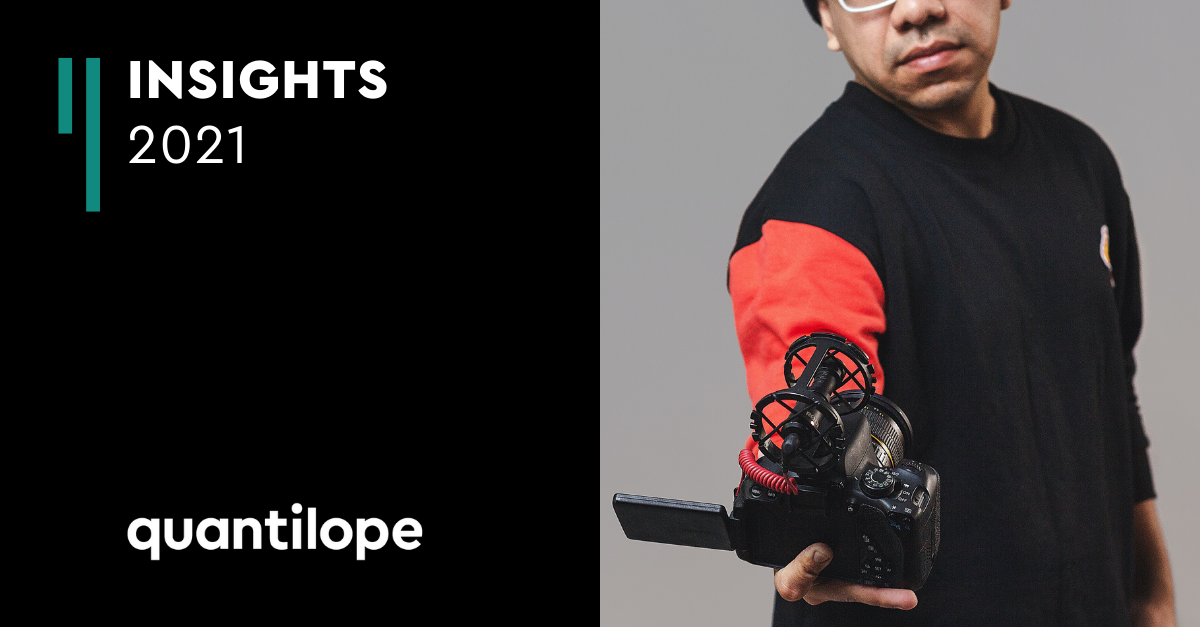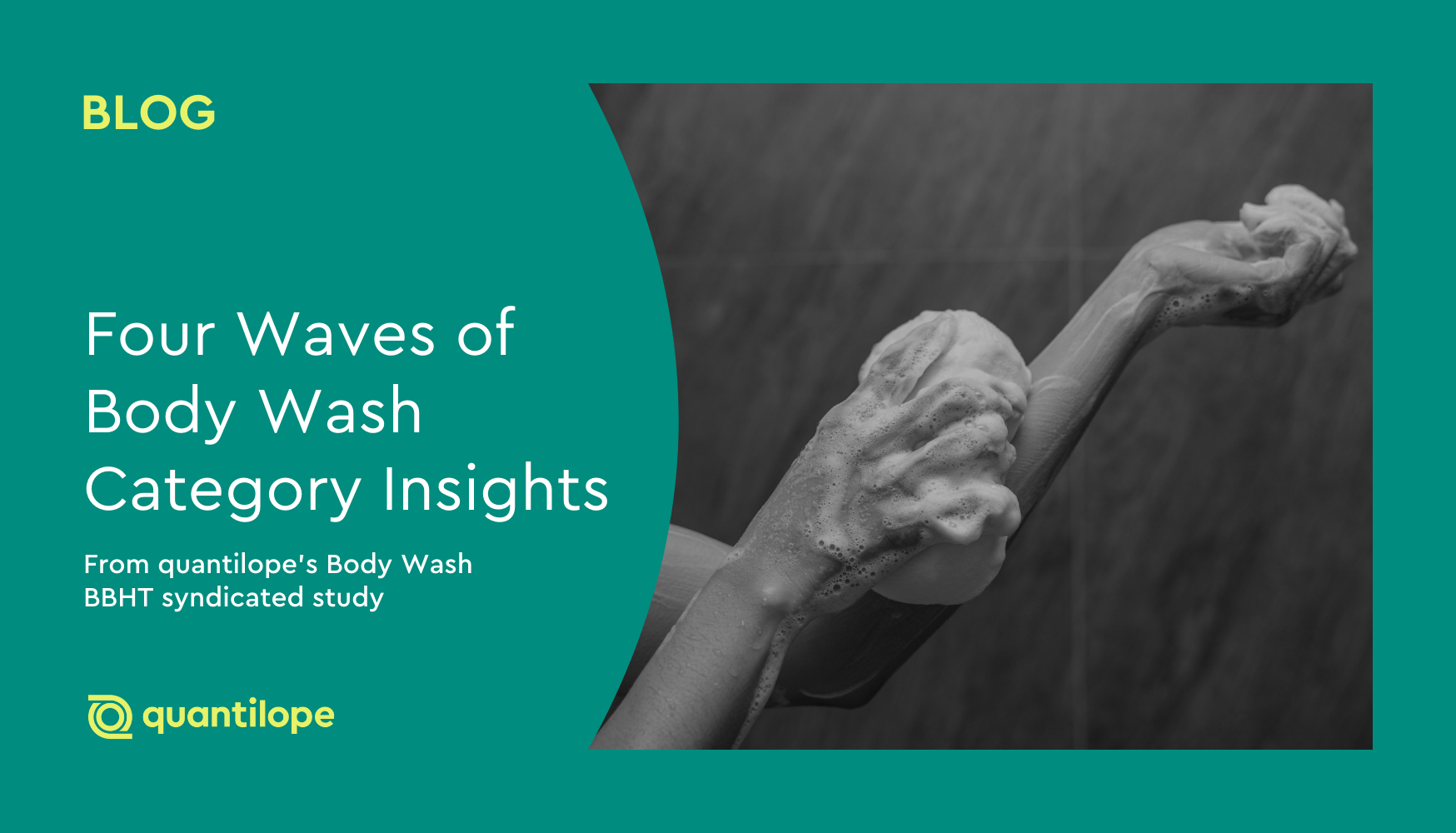Not only are more people comfortable recording themselves on video, for some expressing themselves in this way is easier and a lot of fun. This is great news for market research.
We all know how powerful film can be. How else to explain those late nights binge-watching the latest Netflix Scandi-noir, or being sucked into the rabbit hole that is YouTube? But it’s not just the viewer who finds video irresistible. If there are videos to be watched, there are people making them – and more people than ever are making them these days. It’s a trend that is set to continue with our tech-savvy youngest generation; according to recent research, one in 5 children want to start their own YouTube channel and 75% want to have careers online.
So what’s so attractive about creating a video? It’s clearly enjoyable, and having constant access to their own personal soapbox makes people feel special. Indeed, 10% of children interviewed in the aforementioned research gave fame as a reason for wanting an online career. Forget fifteen minutes; the most successful posters are enjoying hours of broadcasting per week, and today’s children aspire to join those ranks, as do many adults.
The celebrity take-up of video sharing has increased its popularity. They use it as an intimate form of PR (or to communicate with their fans, if you’re less cynical). Just witness Jamie Oliver’s Instagram post encouraging followers to visit his restaurants in the sunny weather – an easy, immediate way to show off his menu and wine list. Victoria Beckham uses video to build her personal brand but also display her ‘normalness’, whether it’s sharing videos of her children singing or her charity trip to an African village. No need to write on your website or put out a press release when you can access thousands of people at the touch of an iPhone button.
For the common or garden Instagrammer or YouTuber, video offers a chance to be heard and seen. Through video, people show and tell their emotions, their house makeover, the cake they baked or the car they bought; no matter what it is, it’s a technicolour 2D illustration of real life. For vloggers, opinions and advice are brought to life with step-by-step ‘how to’ videos. How would Zoella share her beauty tips or Stampy enthuse about the wonders of Minecraft were it not for video?
So what does this mean for the world of research? For a start, it means people of all ages are now comfortable with video technology. Skype and Facetime have contributed a lot here; even the most self-conscious are used to putting themselves in front of the lens, and the widespread ownership of smartphones means an increasing number of people have a video camera in their pocket.
Which leads onto the next point: it’s fantastically easy. Respondents answering written surveys need to find the time and place to sit down and type in answers. On a video survey, they can do so quickly and easily, no matter where they are, on whichever device they choose. This medium really comes into its own when respondents are out and about. Think of retail studies, which benefit hugely from in situ research: respondents can show exactly what they mean when they’re critiquing the layout of a fixture in their local supermarket, how confusing the signage is or what a fantastic range of cheese is on offer. In automotive studies, they can show us round their car. In a bar or hotel, they can film the range of drinks, the décor, the atmosphere. If they remember a point they want to share later on, they can whip out their smartphone and record it as the thought occurs.
With tasks involving instinctive or subconscious actions – which are by definition more difficult to talk about at a conscious level – video is invaluable. Researchers we work with have had respondents film themselves washing and styling their hair, doing exercise and browsing websites (though not all at once). Respondents videoed the gestures they used to get their hair clean, how long each stage of the process took, the roles that hands and tools played in styling their hair, how they exercised and which areas of websites they visited in which order – all of which would be difficult to remember and communicate without video.
Packaging research is another area where video enriches participants’ responses and makes it easier for them to get their point across. Sure, they could type a lengthy explanation of how gaudy/easy to use/unwieldy a new squash bottle is, but it is far simpler to demonstrate these points on video.
Lastly, for those who naturally find it difficult to express themselves in words, video gives them the chance to share their opinions without having to worry about spelling or grammar. Video is a leveller, enabling research to reach a broader range of people and not just those who are happy to sit down and fill in written surveys.
And it’s not just the respondents who find video helps them communicate effectively. Researchers speaking directly to their survey participants on video enables them to phrase questions without ambiguity, giving extra information that would make a written question too lengthy. Video also fosters a stronger connection with the respondent, making the survey more personal and encouraging greater participation.
At quantilope we make it our mission to help you design engaging, enjoyable projects using our online video survey tool inColor for research. We’d love to speak to you about how we can help.



